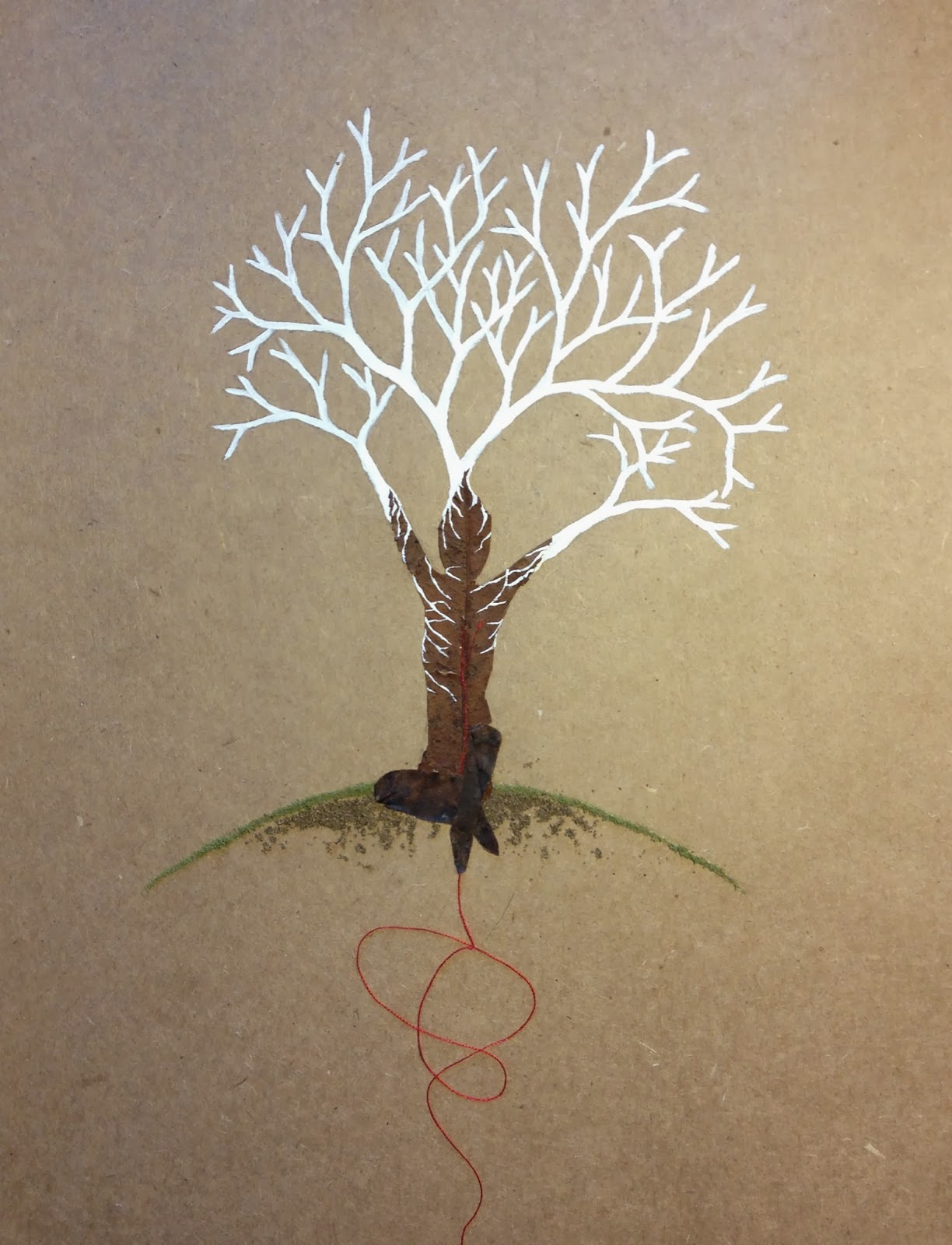"Your joy is your sorrow unmasked.
And the selfsame well from which your laughter rises
was oftentimes filled with your tears.
And how else can it be?
The deeper that sorrow carves into your being,
the more joy you can contain."
The Prophet, by Kahlil Gibran
Light energy is the bright pureness of being a soul, an eternal consciousness.
It resides in our higher chakras, in the stars of the sky.
Dark energy is the deep baseness of being human, a physical animal.
It resides in our root chakras, in the molten core of the earth.
 |
| Light & Dark, Megan Gallant, 2013 |
 |
Spaces Between, Megan Gallant, 2011
|
"And a woman spoke, saying, Tell us of Pain.
And he said:
Your pain is the breaking of the shell that
encloses your understanding.
Even as the stone of the fruit must break,
that its heart may stand in the sun,
so must you know pain.
And could you keep your heart in wonder
at the daily miracles of your life,
your pain would not seem less
wondrous than your joy;
And you would accept the seasons of your heart,
even as you have always accepted the
seasons that pass over your fields.
And you would watch with serenity
through the winters of your grief.
Much of your pain is self-chosen.
It is the bitter potion by which the physician
within you heals your sick self.
Therefore trust the physician,
and drink his remedy in silence and tranquility:
For his hand, though heavy and hard,
is guided by the tender hand of the Unseen,
And the cup he brings, though it burn your lips,
has been fashioned of the clay which the Potter has moistened
with His own sacred tears."
The Prophet, by Kahlil Gibran
 |
Ascent, Megan Gallant, 2011
|
















